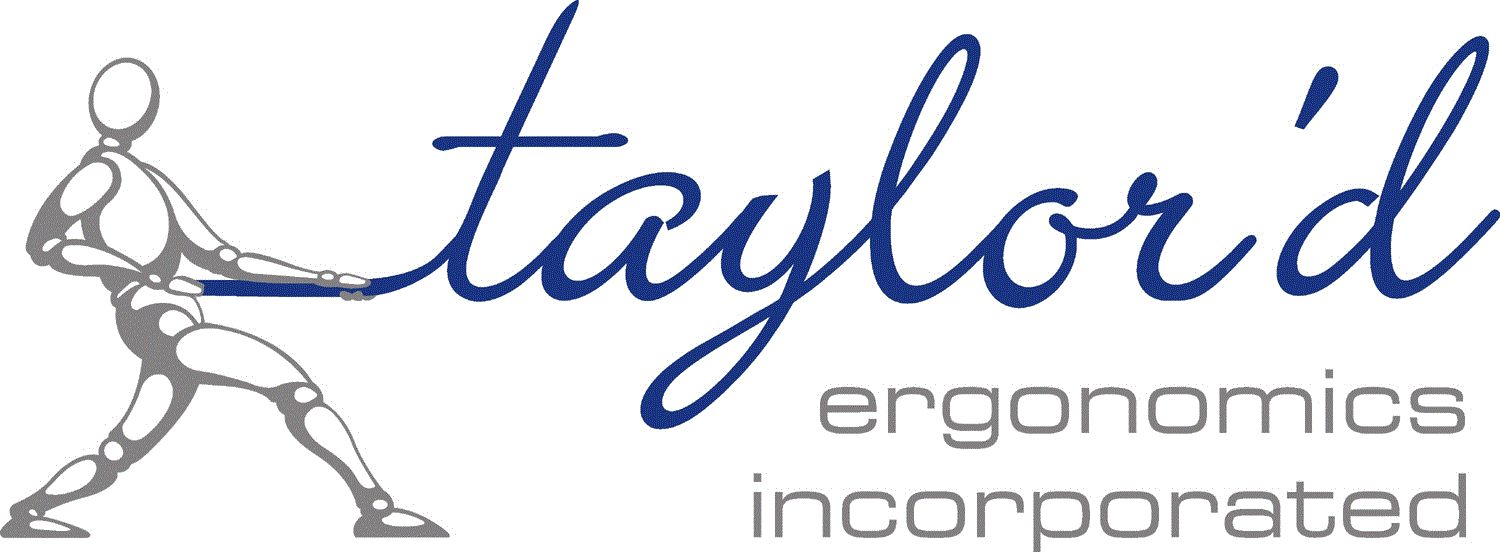Identify and reduce physical risks before they become injuries.
We analyze repetitive tasks, force demands, and awkward postures to recommend evidence-based ergonomic improvements.
An ergonomics (musculoskeletal disorder risk) assessment provides an objective evaluation of musculoskeletal injury risk, and suggests appropriate recommendations to reduce risk, and to improve productivity and quality of work. Your employees will be involved in the process, ensuring buy-in from key stakeholders.
The ergonomist:
- observes the job and surveys the workers to identify and quantify the postural demands for tasks of concern.
- measures critical weights, push, pull and grip forces, critical working heights, reaches, and completes a workstation layout
- analyses the data collected to evaluate the risk of musculoskeletal injury, using Snook tables (psychophysical data), Work(s) or 3D Static Strength (biomechanics), Recommended Cumulative Recovery Allowance (fatigue), Duty cycle, NIOSH manual handling equation, HandPak, or other relevant methods. The risk of injury is described with a “risk index” that allows you to prioritize resources according to risk.
- meets with your stakeholder group to identify appropriate solutions collaboratively, and then evaluates them for effectiveness
- generates a thorough report outlining all identified concerns, and potential solutions to resolve musculoskeletal issues.
- if possible, summarizes the follow-up survey results and provides a report to show how the intervention affected employee comfort/safety, productivity, quality, and engagement.
We can evaluate the risk of injury for a specific task, a job, or an entire job rotation. Contact Carrie in our main office for a quotation or more information, at 519.622.7733, or info@taylordergo.com.
“Callum was great to work with. Even though he was starting his vacation the very next day, he still managed to get a draft report completed for us. The report he provided was formatted in a clear and concise way, that helped us make informed business decisions. We were able to compare our current equipment to new ones that were being considered.”

